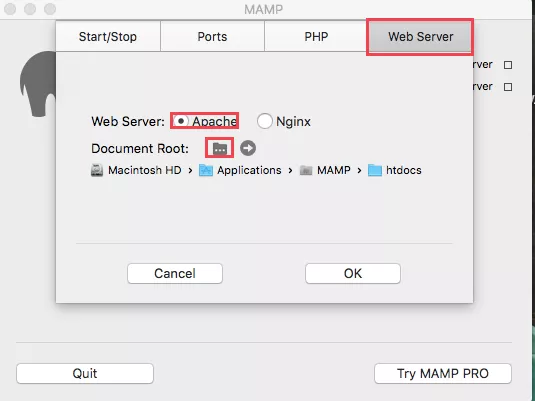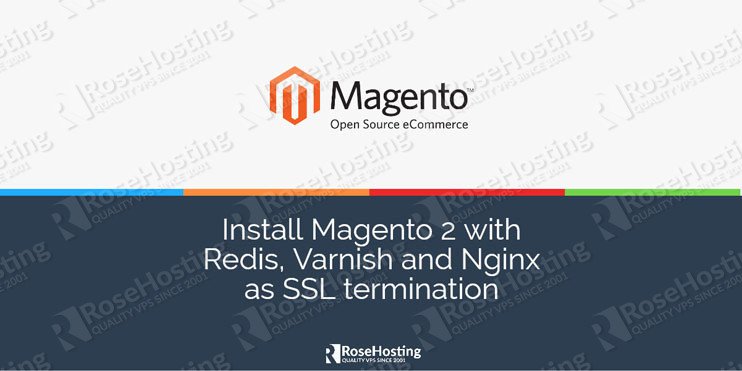

- Install php on mac for magento how to#
- Install php on mac for magento install#
- Install php on mac for magento code#
- Install php on mac for magento series#
On a Mac with the Msql Command line installed: mysqlsh -sql -u DBUSER -p -e 'create database magento ' On Linux: mysql -u DBUSER -p -e 'create database magento ' One way can do this is to go back into your terminal and run the below command.
Install php on mac for magento install#
As the Magento framework need to install over 300 tables. The first thing you want to do now your all set up is to make sure you have started your database, and created a new database.
Install php on mac for magento how to#
# execute number 7 being allow all OR by a +xįor more information about composer read our article on how to use composer properly. With the phar moved it needs to be made executable to do this you will need to run the below command: #chmod - Changes the permission followed by a read, write and Sudo cp ~/Downloads/composer.phar /usr/local/bin/composer

# cp - Copy command followed by old parh and target path

Then you need to copy your phar to an global executable folder on unix such as /usr/local/bin, this makes the phar executable from any terminal without specifying location: # sudo - command this causes you to complete the action as root Once downloaded open a terminal window, to do this on a Mac press CMD + Space to open spotlight and search terminal or on a Linux machine press CTL+ALT+T To install composer is relatively easy on any Unix system, get yourself across to scroll to the bottom of the page and click on the version number to download.
Install php on mac for magento code#
What is composer ?Ĭomposer is a package management PHP command line tool, that allows for easy installation of PHP code and auto loader generation.Īn auto loader is a number of independent PHP classes telling the PHP application where to find other classes, via file directory or namespace, using specific PHP standards such as PSR4.īut composer is a bit more than a simple package management tool, it is a tool allowing you to install packages of code, or multiple packages of code, whilst installing there decencies and there parents decencies until the chain is completed with a working application. It’s highly recommended to have it installed. Though composer is not required for Magento 2, as you can do the same tasks on the file system or with git repositories. opcache – Not required but recommended for code caching.With PHP you will need to have the following PHP extensions installed also along with all there dependencies: Whilst Magento 2.3 requires you to have PHP 7.2 or higher. Magento 2.3.3 requires your PHP version to be 7.3 or higher in order to function, this is constrained by the individual packages. So a 256MB of memory just wont cut it you will need a system capable of 2GB or more RAM.įor further information regarding system requirements visit the Magento 2 hardware documentation. Though one constraint is the Operating system, the other is the memory, Magento 2 requires PHP to handle allot. Though you will find it harder to get this running on any windows based systems (likley not at all). This tutorial will require you to have a Linux (RedHat, CentOS, Ubuntu etc) or Mac system, or primarily an Unix based system already setup, with a working lamp stack. So to get all the benefits of Magento 2 we are going to discuss how to install it, but how to do it the right way, to comply with magento’s best practices.
Install php on mac for magento series#
Though this series is for beginners with the Magento 2 framework, it does consider you have already gained some knowledge about using command line tools, and PHP.

This blog and video series is going to take you through the fundamental basics of developing with Magento 2 based around the 2.3.* version, though the practices learned should all be compatible with earlier versions also.


 0 kommentar(er)
0 kommentar(er)
